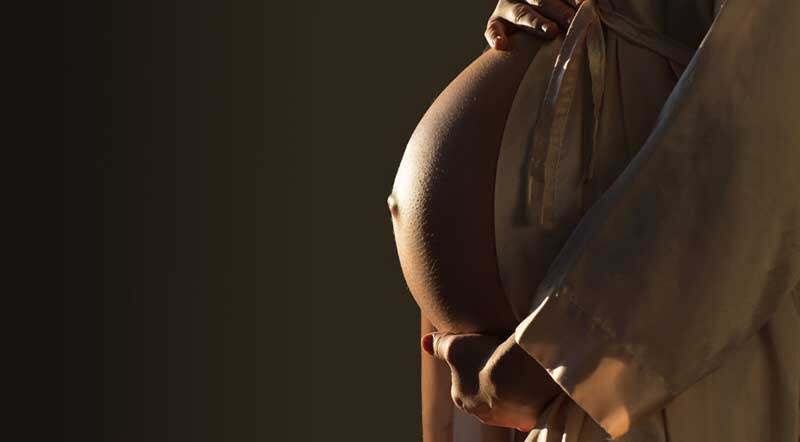New research from The University of Western Australia has revealed which gestational week of birth carries the lowest risk of perinatal death.


The study, published in Paediatric and Perinatal Epidemiology, used data from more than 332,000 births from Aboriginal and non-Aboriginal mothers at gestations of 37 to 41 weeks in Western Australia from 2009 to 2019.
The WA definition of perinatal mortality includes neonatal deaths, defined as deaths that occur within 28 days of a livebirth, and stillbirths occurring in foetuses greater than 20 weeks gestation or 400g birthweight, and before or during birth.
Lead investigator Ye’elah Berman, from UWA’s Medical School, said the study aimed to assist clinicians in supporting women to make decision about the safest time to plan birth.
“We used advanced statistical methods to combine the risk of stillbirth before and during childbirth and neonatal death to calculate the cumulative risk of perinatal mortality,” Ms Berman said.
“Rates of perinatal death between 37 and 41 weeks of gestation were examined separately for non-Aboriginal and Aboriginal ethnicity.”
The study found being full term was associated with the lowest risk of perinatal mortality and reinforced the strategy of the WA Preterm Birth Prevention Initiative, which recommends not to deliver before 39 weeks, and applicable to both Aboriginal and non-Aboriginal women.
“To minimise the risk of perinatal mortality, clinicians and expectant mothers must better understand the risks and benefits associated with continuing the pregnancy,” Ms Berman said.
Co-author and Chair of the Australian Preterm Birth Prevention Alliance, Professor John Newnham, said the study supported previous findings that birth at 39 weeks was associated with lower number of maternal and neonatal adverse outcomes.
“The rate at which perinatal death occurs reflects a number of factors, including the health status and health care of the general population, access to and quality of services for women, and health care in the neonatal period,” Professor Newman said.
“We know babies born to First Nations mothers have a higher rate of death during the perinatal period than babies born to non-Indigenous mothers, and we must do more to improve their pregnancy outcomes across the board.”







































